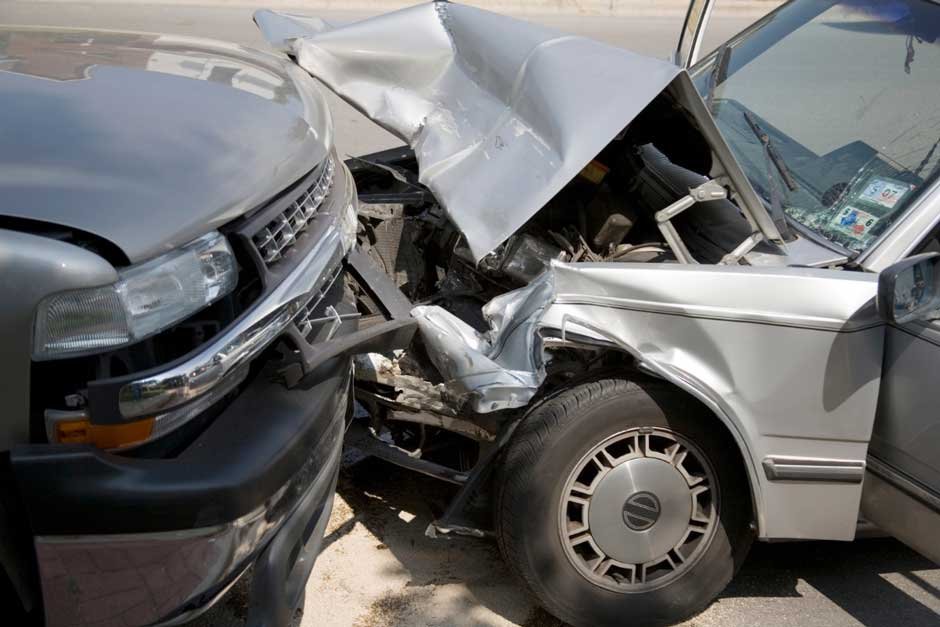A head-on collision is one of the most extreme and catastrophic forms of traffic accidents. Most of the time, head-on collisions cause life-altering injuries. Despite advancements in vehicle safety technologies, head-on collisions still happen on our roads.
The best car accident attorneys understand the intricacy associated with head-on collision cases. They devote day and night to investigating the circumstances surrounding the fateful incident and helping victims get fair compensation for their losses.
What are Head-On Collisions?
Head-on collisions refer to a type of vehicular accident where two vehicle heads collide with each other as they move in opposite directions. Normally, this collision occurs on a two-lane road or highway when one vehicle has passed the centerline or median and is within the opposing lane of traffic.
Head-on collisions are significantly injurious since the forces coming from both vehicles that travel at their respective speeds come together at the point of impact. Kinetic energy transfer mostly leads to deadly impacts that cause either serious injuries or deaths.
Causes of Head-On Collisions
Distracted Driving: One of the most common causes of head-on collisions is distracted driving. If drivers are texting, eating, or fiddling with the radio, their eyes aren’t on the road; their minds aren’t fully engaged in driving, and they can cross into opposite traffic lanes.
Impaired Driving: Driving under the influence of alcohol or drugs is a heavy impairment to a driver’s judgment, reaction time, and maintaining control of the vehicle. Some very dangerous behaviors could happen, such as veering into oncoming traffic or not correcting course while negotiating a curve.
Fatigue and Drowsy Driving: Driving while fatigued or drowsy often has the same impact as driving impaired because the driver becomes less attentive and has slower response times. Long-distance driving or driving at times in the day when the body is most set to sleep maximizes the head-on collision experience.
Improper Passing. An attempt to pass one vehicle when it is not safe to do so, or a misjudgment of the amount of space required to get around another vehicle, can result in a head-on collision with an oncoming vehicle.
Environmental Factors
Unfavorable Road Design: Unfavorable road design consists of any kind of road that has serrated curves, poor visibility, the absence of traffic signs in their right conditions, or badly illuminated lighting. These types of roads could cause head-on collisions.
Weather Conditions: Poor weather conditions such as very heavy rain, snow, or fog reduce visibility and traction, thus increasing the possibility of a vehicle drifting and losing control to oncoming traffic.
Preventive Measures and Safety Initiatives


Driver Education and Awareness: Driver education programs and public awareness campaigns must be undertaken so that the consciousness of safe driving practices and the importance of attentiveness, sobriety, and following through with traffic laws can be increased.
Vehicle Safety Technologies: Improved technologies in automotive safety, such as lane departure warning systems, collision avoidance systems, and automatic emergency braking systems, can prevent head-on collisions through alerts to drivers or the initiation of corrective actions.
Roadway Improvements: Consideration and improvements in road design, better signage and lighting, and the treatment of hazardous sections of roads can limit the likelihood of head-on collisions.
Enforcement and Legislation: Strong enforcement of the traffic laws pertaining to impaired driving, distracted driving, and speeding would act as a deterrent and minimize the occurrence of head-on collisions.
Conclusion
Head-on collisions are one of the most severe types of car accidents. Understanding their underlying causes and the development of comprehensive preventive measures will take us closer to reducing these tragic incidents.
Drivers have to ensure safety by being sober, vigilant, and attentive to the road. Further investment in driver education and vehicle safety technologies, roadway improvements, and great enforcement will promote a safe driving environment.





